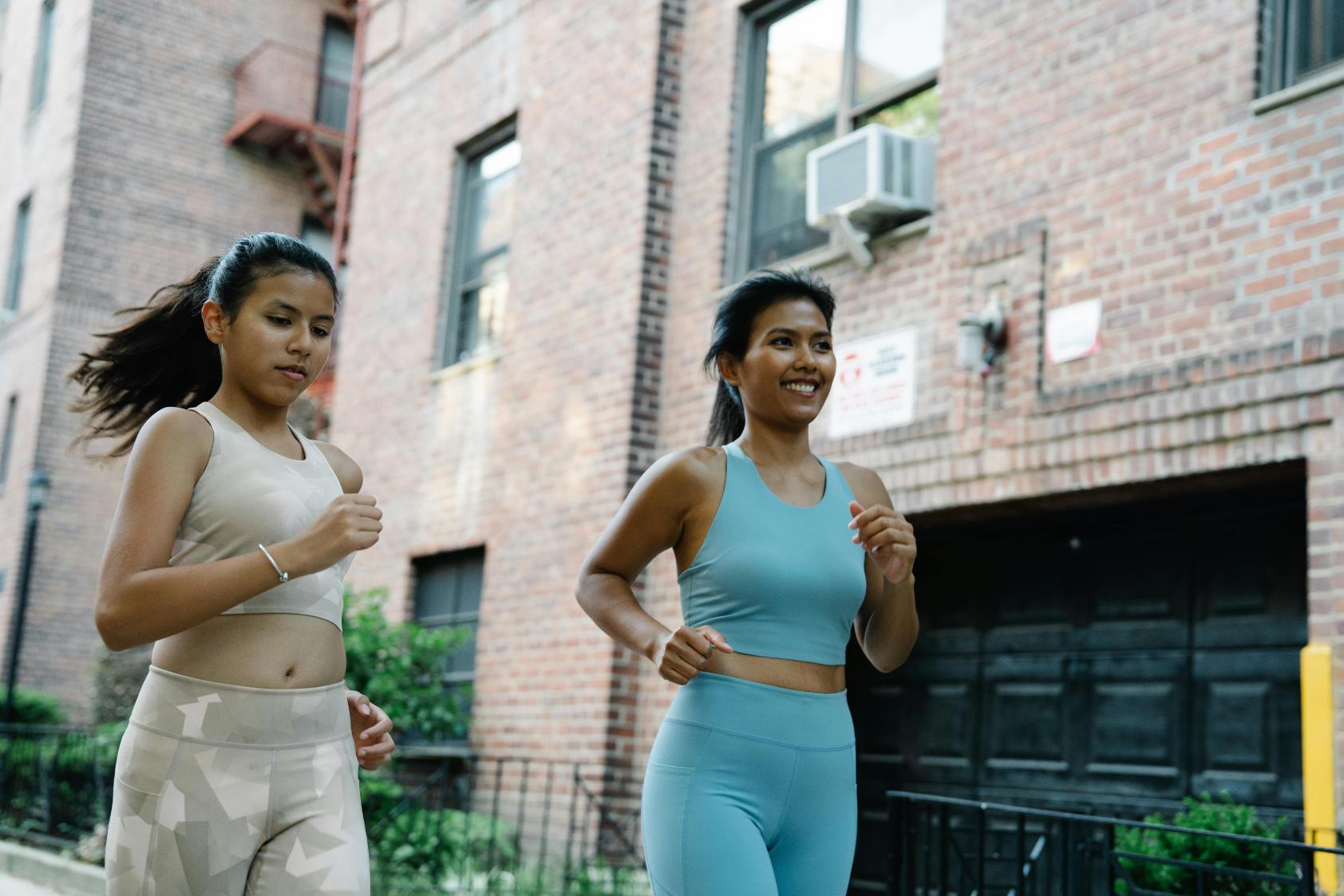Staying Active as You Age: Small Routines That Make a Big Difference
Getting older changes how your body feels, but it does not mean slowing down. Staying active protects your strength, mobility, and mood long after your energy starts to shift. The goal is not to train harder but to move smarter, eat in balance, and keep healthy habits consistent enough to stick.

Move in Ways That Support Strength
Muscle naturally declines with age, yet even a small effort keeps it from disappearing. The National Institute on Aging explains that strength training a few times per week can slow muscle loss and improve balance. Simple moves like wall pushups, seated leg lifts, or light dumbbell exercises protect your joints and make daily tasks easier.
If you are returning to movement after a break, start slow. Online programs such as SilverSneakers or FitOn guide you through gentle routines designed for older adults. These help you build confidence while avoiding injury.
Add Steady Movement Throughout the Day
Exercise sessions matter, but steady activity makes the biggest difference. Try walking after meals, standing during phone calls, or taking the stairs when possible. The Harvard Health team notes that staying active throughout the day improves heart health and flexibility even without formal workouts.
If you sit for long periods, set a timer to stretch every hour. Keep small weights or resistance bands near your chair as a reminder to move. The more often you change positions, the better your circulation and posture stay over time.
Eat for Recovery and Energy
What you eat plays just as much of a role as how you move. A balanced plate with lean protein, vegetables, and whole grains keeps energy steady and helps your muscles recover. Everyday Health suggests aiming for protein at every meal, since older adults often need more to maintain muscle strength. Chicken, beans, tofu, and eggs are all easy sources.
Hydration also matters more than most people realize. Dehydration can cause fatigue, headaches, and dizziness. Keep a water bottle nearby and sip consistently through the day. If you get bored of plain water, try sparkling water or green tea for variety.
Explore Modern Health Support
Some people use GLP-1 medications, originally designed for diabetes, to help manage weight and appetite as they age. Healthline reports that these treatments, when prescribed responsibly, can support healthy metabolism alongside diet and exercise. They are not shortcuts, but they may make movement easier for those struggling with energy or hunger control. Always consult a doctor before considering them.
Technology can also help you stay consistent. Fitness trackers like Fitbit or Apple Watch measure heart rate and movement, while apps such as MyFitnessPal track meals and hydration. Use them as light accountability tools rather than pressure systems.
Rest and Recovery Are Essential
The body repairs itself during rest. Sleep helps muscles rebuild and supports brain function, mood, and metabolism. The Sleep Foundation recommends seven to eight hours per night for adults. Try winding down with gentle stretching, reading, or quiet breathing before bed.
Soreness after activity is normal, but it should not last long. Foam rollers, massage balls, or a heating pad can ease tension. Taking time to recover prevents burnout and makes tomorrow’s movement feel easier.
Keep the Mind Engaged Too
Activity strengthens the body and the mind together. Physical movement boosts blood flow to the brain, helping memory and focus. Joining a walking club, dancing class, or gardening group builds community and keeps motivation high. Staying socially connected is one of the most underrated parts of long-term health.
The Goal Is Consistency, Not Perfection
The biggest mistake people make with aging is believing it is too late to start. Small effort every day matters more than a perfect routine. Take a short walk after breakfast, stretch during commercials, or stand while talking on the phone. The goal is to keep moving, keep eating well, and keep showing up for yourself. Those habits build strength quietly, one day at a time.
Sources
National Institute on Aging
SilverSneakers
FitOn
Harvard Health
Everyday Health
Healthline
Fitbit
Apple Watch
MyFitnessPal
Sleep Foundation
